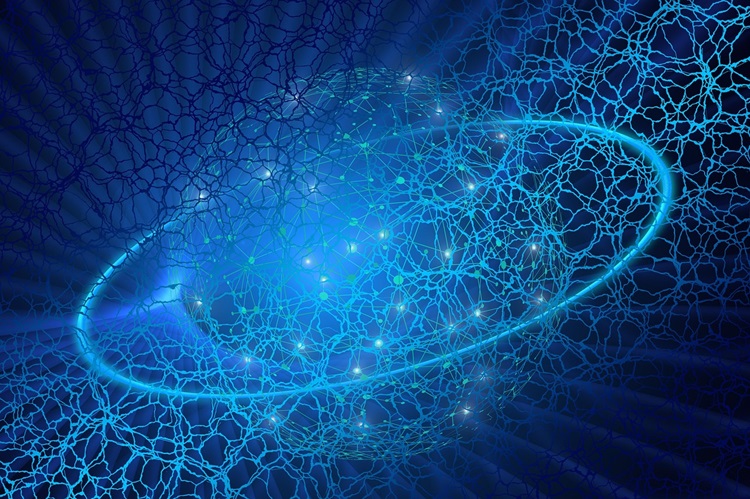Humans are a diverse species, with a wide range of physical appearances. While most individuals bear resemblance to their fellow humans, there are some who possess striking similarities to animals. This phenomenon has captured the attention of many, leading to discussions and debates about the possible reasons behind these resemblances. In this article, we will explore the intriguing concept of people who look like animals, examining various theories and providing examples to shed light on this intriguing subject.
Theories Behind Resemblances:
There are several theories that attempt to explain why some individuals bear resemblance to animals. One theory suggests that it is purely coincidental, a result of the vast number of possible combinations of genetic traits. According to this view, with billions of people on Earth, it is statistically likely that a small percentage will have features resembling those found in the animal kingdom.
Another theory proposes that these resemblances are a result of shared evolutionary traits. Humans and animals share a common ancestor, and it is possible that certain genetic traits have been conserved throughout evolution. These traits may manifest in some individuals more prominently, leading to animal-like features.
Furthermore, some researchers argue that psychological factors may play a role in perceiving these resemblances. Humans are highly skilled at pattern recognition, and our brains are wired to find familiar shapes and forms in our surroundings. This tendency to see familiar patterns may lead us to perceive animal-like features in some individuals, even if they are not objectively present.
Examples of Animal Resemblances:
1. Canine Resemblances:
One common animal resemblance observed in humans is a resemblance to canines. Some individuals have facial features that closely resemble those of dogs or wolves. This can include sharp facial contours, elongated noses, or even the shape of their eyes. While these resemblances may be subtle, they are often enough to evoke a sense of familiarity with our four-legged companions.
2. Feline Resemblances:
Another animal resemblance frequently observed is a resemblance to felines. Some individuals possess features that resemble cats, such as almond-shaped eyes, high cheekbones, or a graceful posture. These resemblances can be particularly striking, as they evoke the elegance and mystique associated with these majestic creatures.
3. Avian Resemblances:
In some cases, individuals may bear a resemblance to birds. This can manifest in various ways, such as having a prominent nose that resembles a beak or possessing facial features that resemble those of certain bird species. These resemblances can be intriguing and often capture the attention of those around them.
4. Reptilian Resemblances:
Resemblances to reptiles are less common but still noteworthy. Some individuals may have facial features that resemble reptilian characteristics, such as a prominent jawline or eyes that resemble those of reptiles. These resemblances can evoke a sense of intrigue and fascination, as they remind us of the ancient creatures that once roamed the Earth.
The Impact of Animal Resemblances:
The impact of these animal resemblances on individuals can vary greatly. For some, it may be a source of pride and uniqueness, embracing their distinct features and celebrating their connection to the animal kingdom. Others may find it unsettling or even distressing, as they may face teasing or unwanted attention due to their resemblance to animals.
It is important to note that these resemblances do not define an individual’s worth or character. While they may be visually striking, they are only one aspect of a person’s overall identity. It is crucial to treat individuals with respect and dignity, focusing on their inner qualities rather than their external appearance.
Conclusion:
The concept of people who look like animals is an intriguing one that has captured the curiosity of many. While various theories attempt to explain these resemblances, the true reasons behind them remain elusive. Whether coincidental, evolutionary, or influenced by psychological factors, these resemblances remind us of the fascinating diversity within the human species. It is important to approach this topic with sensitivity and respect, recognizing that these resemblances do not define an individual’s worth.








